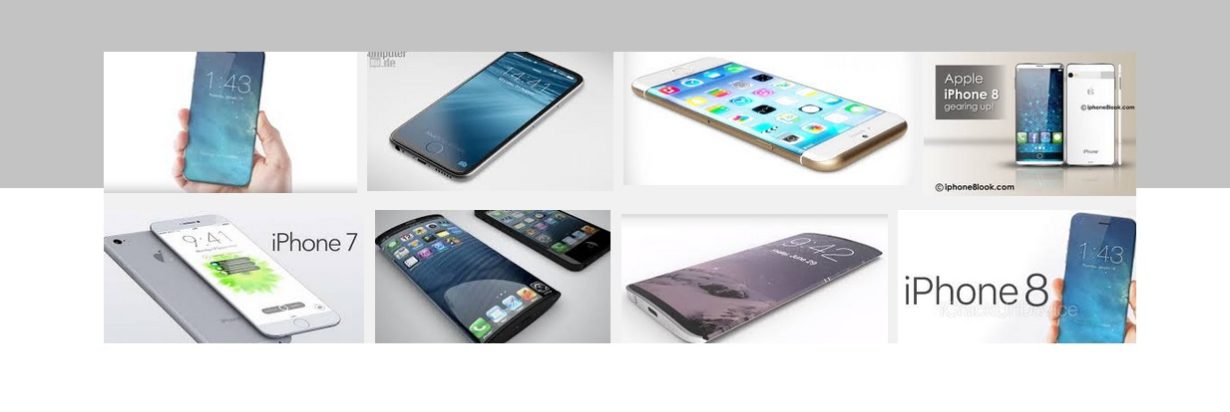**Laser Plastic Welding: Revolutionizing the Bonding Process**
In today’s fast-paced manufacturing landscape, the need for efficient and reliable bonding processes has never been more pressing. With the rise of complex plastic components and assemblies, traditional welding methods are often inadequate, leading to compromised product quality and increased production costs. This is where laser plastic welding comes in – a cutting-edge technology that is transforming the way manufacturers bond plastics.
Laser plastic welding is a non-contact, high-precision process that uses a focused laser beam to melt and fuse plastic components together. Unlike traditional welding methods, which rely on heat, pressure, or adhesives, laser plastic welding creates a strong, permanent bond without damaging the surrounding material. This makes it an ideal solution for a wide range of applications, from medical devices and automotive components to consumer electronics and aerospace parts.
One of the key benefits of laser plastic welding is its ability to produce high-quality bonds in a variety of plastic materials, including sensitive or heat-sensitive plastics. This is particularly important in industries where product quality and reliability are paramount, such as in the production of medical devices or aerospace components. By using laser plastic welding, manufacturers can ensure that their products meet the highest standards of quality and performance.
Another significant advantage of laser plastic welding is its ability to reduce production costs and increase efficiency. Unlike traditional welding methods, which require extensive setup and cleanup, laser plastic welding is a relatively simple and straightforward process. This means that manufacturers can reduce their production costs and increase their productivity, making it an attractive option for companies looking to stay competitive in today’s fast-paced market.
In addition to its many benefits, laser plastic welding is also a highly versatile technology that can be used in a wide range of applications. From bonding small, intricate components to assembling large, complex parts, laser plastic welding can be used to create a wide range of products and assemblies. This versatility makes it an attractive option for manufacturers who need to produce a variety of products with different bonding requirements.
Despite its many benefits, laser plastic welding is not without its challenges. One of the main challenges is ensuring that the laser beam is properly focused and aligned to achieve a strong, consistent bond. This requires a high degree of precision and control, which can be difficult to achieve, especially for manufacturers who are new to the process.
Another challenge is ensuring that the plastic components being bonded are properly prepared and cleaned to ensure a strong bond. This requires a thorough understanding of the plastic materials being used and the bonding process itself, as well as the ability to properly clean and prepare the components for bonding.
Despite these challenges, laser plastic welding is a technology that is rapidly gaining popularity in a wide range of industries. As manufacturers continue to seek out new and innovative ways to improve their production processes and reduce their costs, laser plastic welding is likely to play an increasingly important role in the manufacturing landscape.
In conclusion, laser plastic welding is a cutting-edge technology that is revolutionizing the way manufacturers bond plastics. With its ability to produce high-quality bonds in a variety of plastic materials, reduce production costs and increase efficiency, and provide a high degree of versatility and precision, laser plastic welding is an attractive option for companies looking to stay competitive in today’s fast-paced market. While there are challenges associated with the process, the benefits of laser plastic welding make it a technology that is well worth exploring.
